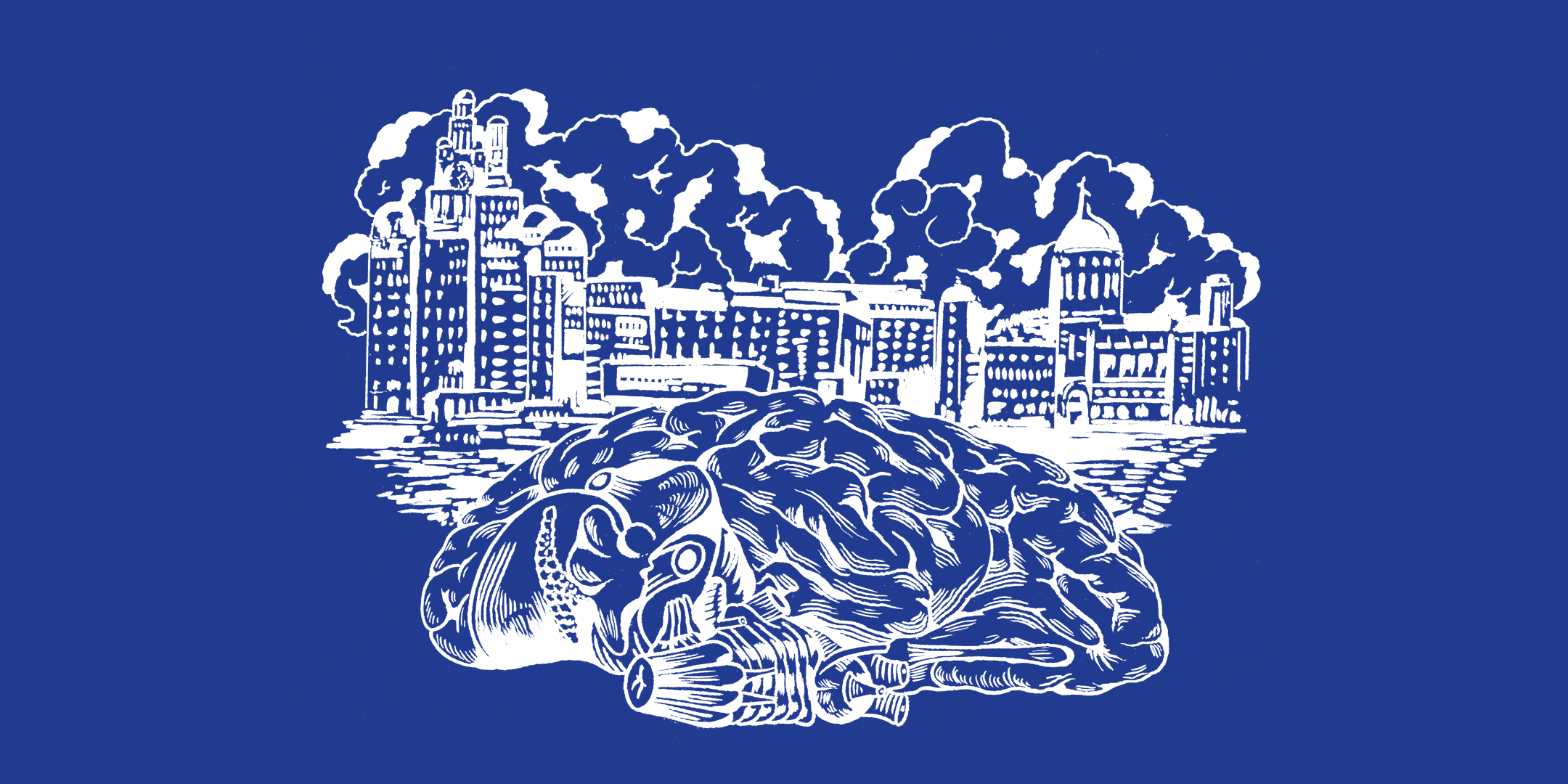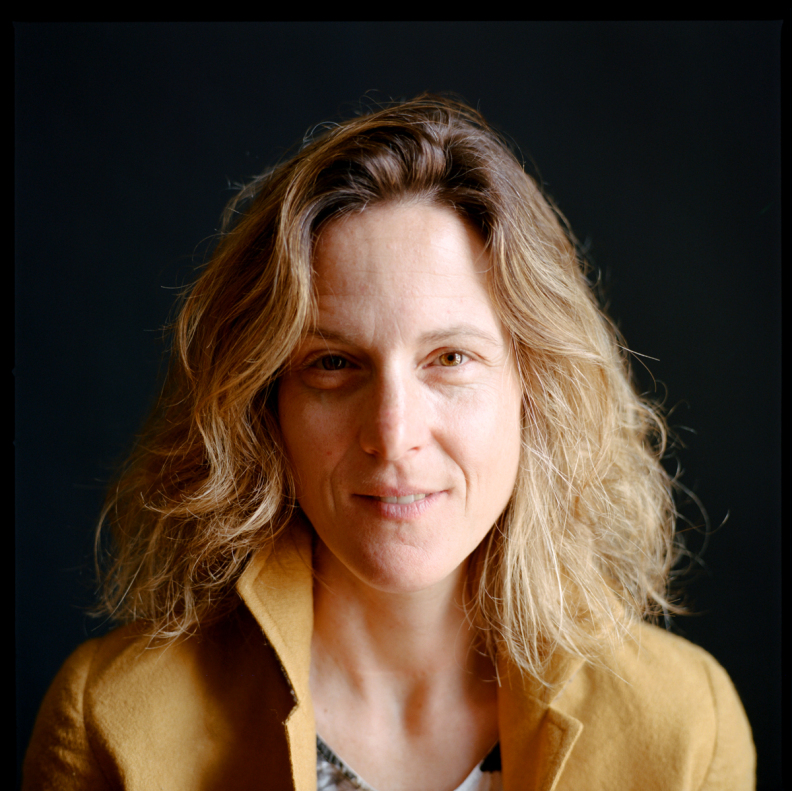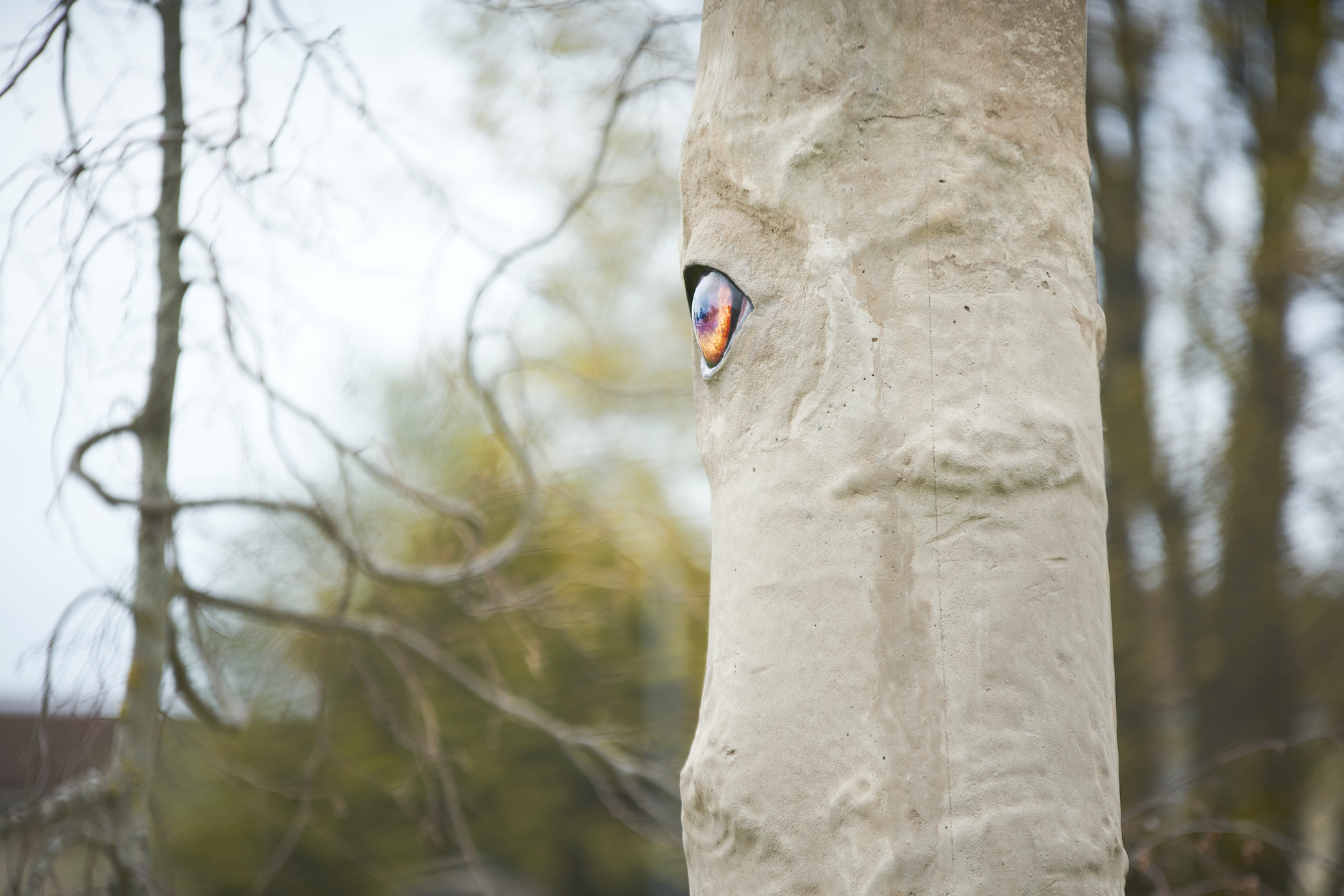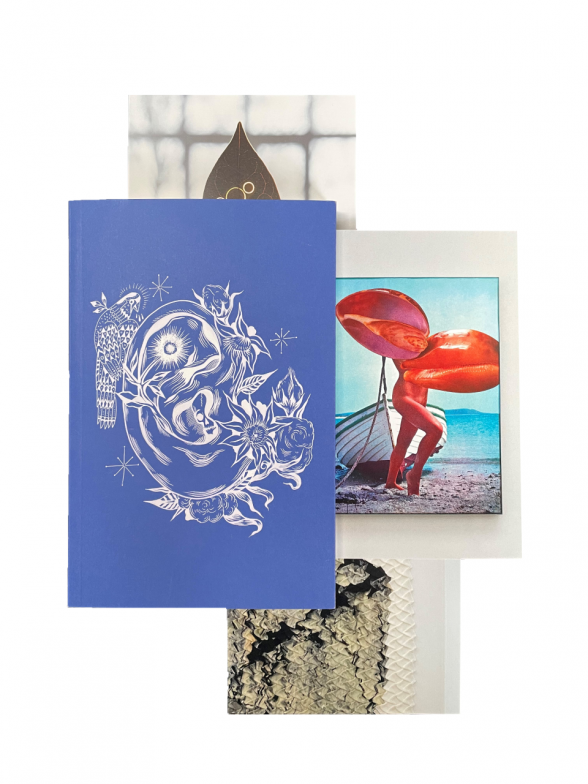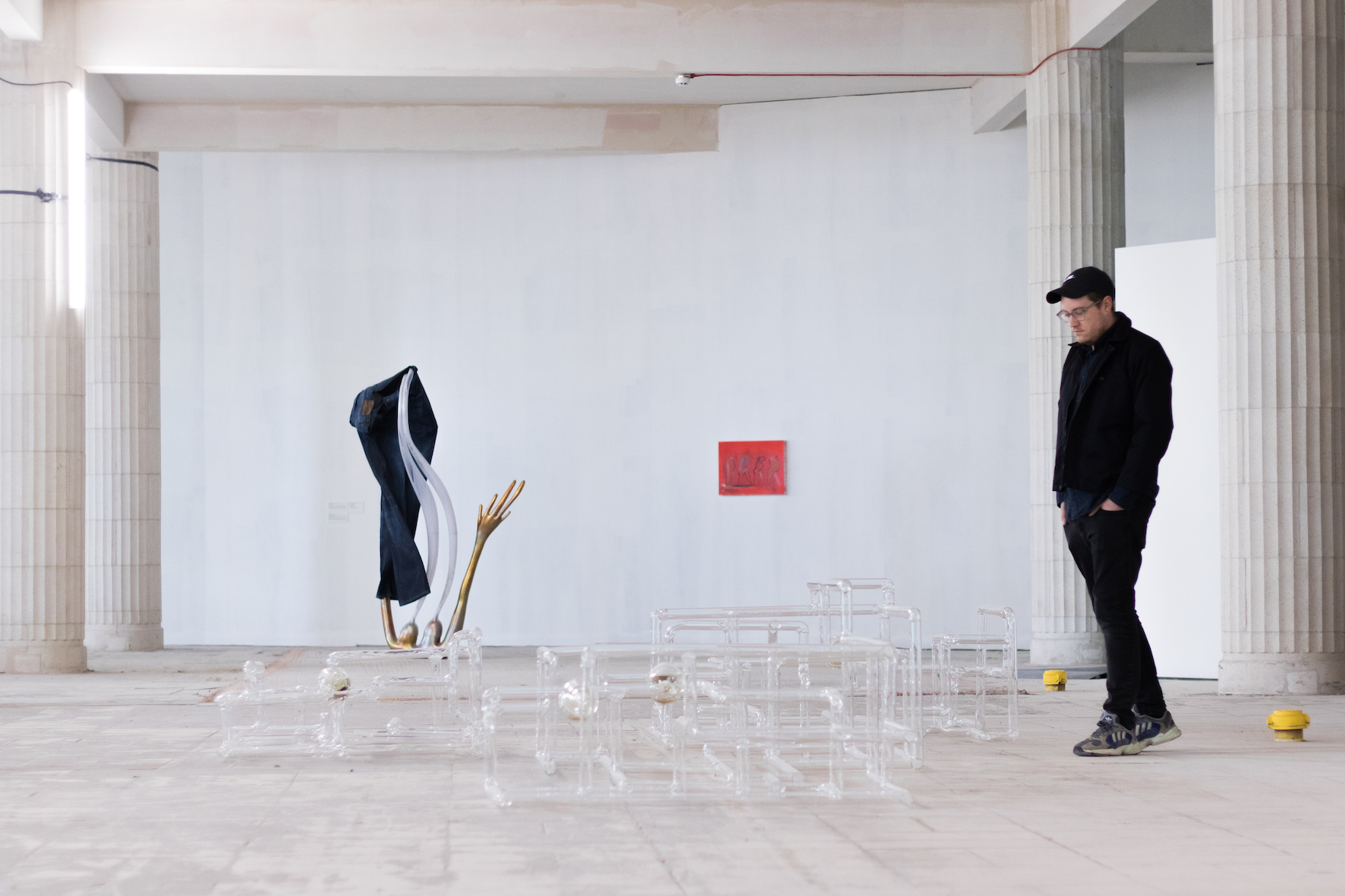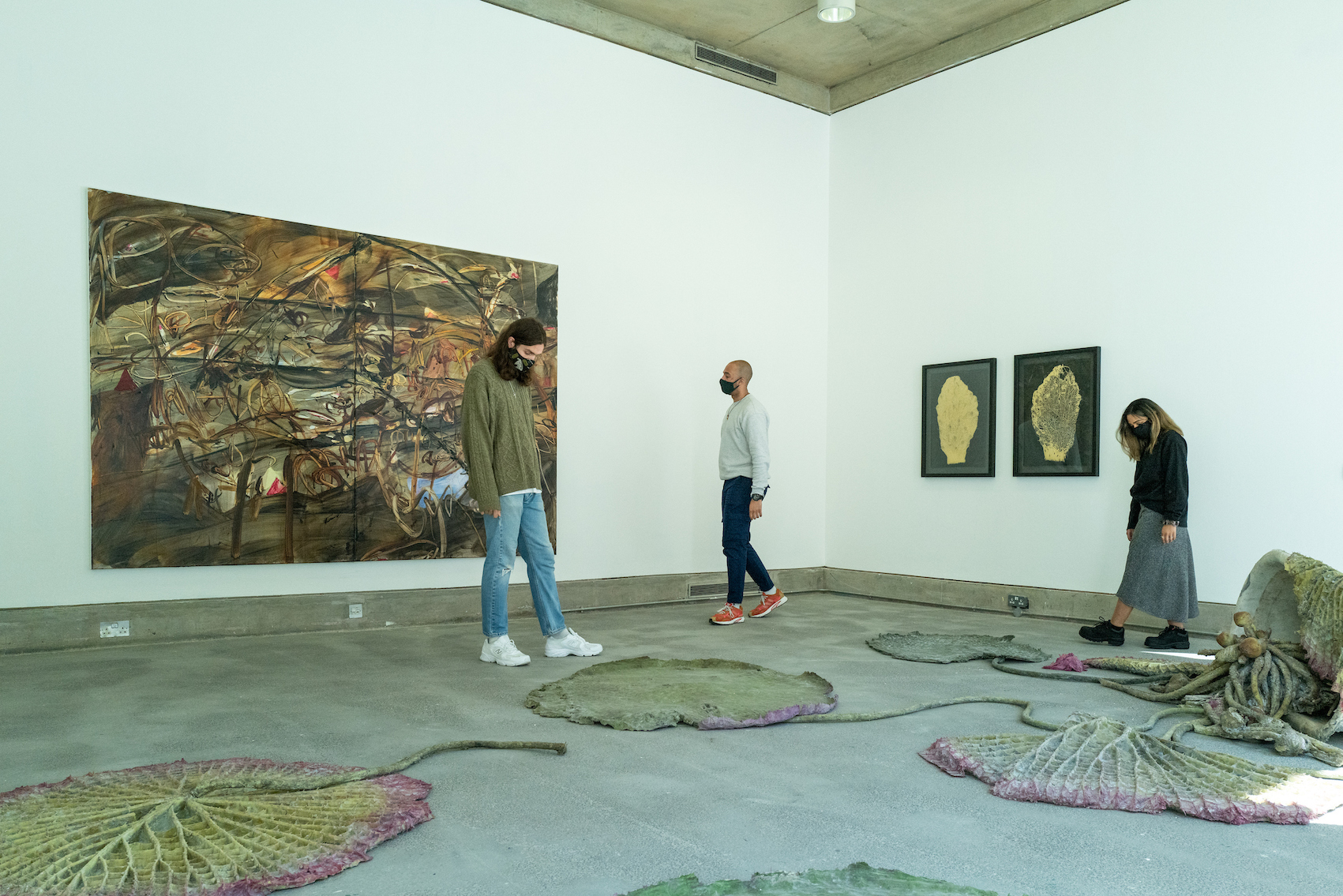Entry I: The Stomach
The mouth, like a port, is an opening. A place of first contact with the outside. It regulates two ways of traffic: import (often oxygen, food) and export (often language, carbon dioxide). Whilst the opening and closing of the mouth can be deliberately controlled, the stomach knows what the mouth does not. The mouth pays lip service to representation. The stomach diligently works substance, prepping it to be radically transformed. In this, the stomach is a model of production, in continuous interaction with the exterior.
The stomach can be thought of as the port to the gut, a site where the outside environment comes to dock. Here, organic chemistry, social ritual and roles, as well as economic power truly interact, before valuable content is clearly separated from waste: it is a primary site of active, yet paced transition. A stomach can’t ignore so-called foreignness and needs to engage with it, either by prepping it to transition into the body cells, or by slowly deciding to send it back to the mouth.
The stomach, like the heart, is a muscle. It is the place where what we ingest becomes part of our bodies: substances are slowly transformed by muscular mechanics and chemistry. When our bodies are distressed our stomachs act up: their chemical balance directly corresponds to our emotional balance. Yet, inversely, who hasn’t felt butterflies in their belly when feeling elated? The stomach is the locus of true physical feeling and of metaphoric mood.
Liverpool’s port embodies intensified circulation and necessary interaction: as the world´s first commercial wet dock, it stands for the movement of physical goods, the transport and separation of bodies, protection, control and connection, as well as for incessant exchange of information and knowledges. There is production, invention, and resistance despite imposition and restriction.
Through the stomach, we zoom into the back-and-forths of that production: the minute muscular movements that develop – such as rhythm, gesture, and mobile forms of knowledge – despite the mandate to separate, dominate, standardise and streamline.
